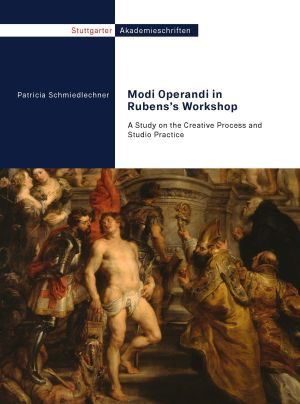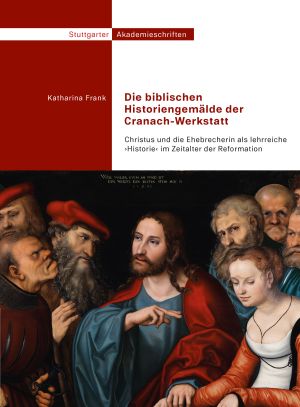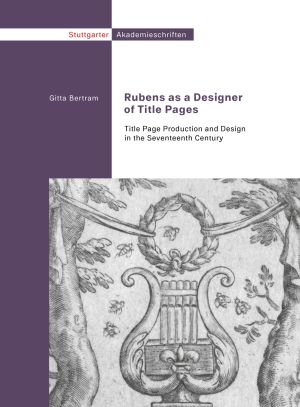Stuttgarter Akademieschriften
The Stuttgart State Academy of Art and Design, with a history extending back over 250 years, is one of the largest art academies in Germany. Its status is equivalent to that of a scientific university, according to Baden-Württemberg federal state law. Already in 1770 the Académie des Arts founded nine years previously by Duke Carl Eugen of Württemberg became affiliated to the Carlsschule, which was granted university status in 1782. The associated right to award doctorates has been practiced since 2002. The Stuttgart State Academy of Art and Design has the right to award doctor titles in the fields of architecture (Dr.-Ing.), history of art, media studies, visual arts education and aesthetics (Dr. phil.).
Since 2018 PhD dissertations graded “summa cum laude” are published under the common title “Stuttgarter Akademieschriften” by Heidelberg University Library.
Other dissertations completed at the State Academy of Arts and Design can be found on the publication platform Publikationsplattform ART-Dok.
Contact
Prof. Dr. Nils Büttner
Campus Weißenhof: Altbau
Raum 317
Am Weißenhof 1
70191 Stuttgart
nils.buettner@abk-stuttgart.de
Published so far
Modi Operandi in Rubens’s Workshop: A Study on the Creative Process and Studio Practice
Peter Paul Rubens’s extensive œuvre comprises more than 1500 paintings, as well as preparatory material such as drawings and oil sketches. As was customary at the time, the master painter employed a multi-person workshop and his staff and pupils were significantly involved in his artistic output. This collaborative working process complicates the issue of attributing Rubens’s work by today’s standards of single-handed execution.
The publication highlights the procedures of the workshop by examining the socio-historical circumstances and written sources, while the preparatory process was assessed based on the case study of the high altarpiece of the Augustinian Church in Antwerp. The drawings and sketches associated with the creation of this painting were understood not only as evidence of creative processes but also as the results of division of labor and Rubens’s teaching practice.
Die biblischen Historiengemälde der Cranach-Werkstatt: Christus und die Ehebrecherin als lehrreiche ›Historie‹ im Zeitalter der Reformation
The biblical story about Christ and the adulteress is among the most often religious picture themes of Lucas Cranach the Elder and his sons. From the 1530s onwards, the biblical ›historia‹ from the Gospel of John was painted in numerous versions by the Cranach-workshop. Their rhetorical visual language teaches, delights and moves the viewer.
The media-historical study focusses on visual culture in the Reformation period. The history paintings are not only a manifestation of Martin Luther’s teaching of divine grace. They also serve as visual mirror of prince’s virtues and ›exempla‹ of mild and wise judgement – further they invite Christian believers to inner contemplation.
Peter Paul Rubens as a Designer of Title Pages: Title Page Production and Design in the Beginning of the Seventeenth Century
This socio- and media-historical research on Peter Paul Rubens's title page design shows that he consciously developed its traditions. In collaboration with engravers and publishers, Rubens created 48 visual and intellectual masterpieces for a great variety of books which belonged in every seventeenth-century library of rank. His designs were not only advertisements for these works, but also for their authors and publishers, often Balthasar Moretus. Rubens's title pages were repeatedly copied, and their wide distribution contributed immensely to Rubens's fame as a learned artist, antiquarian, humanist and Catholic.









